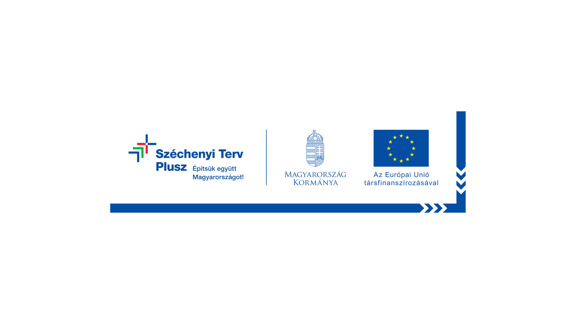Content on this website may not be accurately translated due to the limitations of the translation software from Google Translate. The official text is the English language version of the website. Any discrepancies or differences created in the translation are not binding and have no legal effect. If questions arise in relation to the accuracy of the information mentioned on the translated website, please refer to the English version of the website.
Conflict Minerals

Conflict minerals are minerals that are mined in areas that are experiencing armed conflict or human rights abuses. Trade of these minerals may be fueling the conflict or contributing to human rights abuses. The most commonly referred to conflict minerals are tin, tantalum, tungsten, and gold, which are often referred to as 3TG, and more recently cobalt has been included.
The aim of these regulations is to prevent the use of conflict minerals in the production of goods and promote the responsible sourcing of minerals from areas that are not affected by armed conflict or human rights abuses.
In the United States, the Dodd-Frank Wall Street Reform and Consumer Protection Act of 2010 requires companies that are publicly traded in the U.S. to report annually on their use of conflict minerals. The rule applies to companies that use 3TG minerals in their products and requires them to conduct due diligence to determine the origin of the minerals and whether they are contributing to armed conflict or human rights abuses.
The European Union has also implemented regulations on conflict minerals. In 2017, the EU adopted a regulation on "responsible sourcing of minerals from conflict-affected and high-risk areas," which requires importers of tin, tantalum, tungsten, and gold into the EU to carry out due diligence on their supply chains to ensure that their minerals are not contributing to conflict or human rights abuses.
Other countries and regions that have implemented regulations or initiatives related to conflict minerals include Canada, Australia, Japan, and the Organisation for Economic Co-operation and Development (OECD).
Metal Packaging tinplate makes use of tin and therefore is scrutinized throughout the entire tin supply chain. Considering the 2017 EU regulation Trivium set up an annual report. You can request it via our Product Stewardship contact form.
Disclaimer
Trivium Packaging’s Product Stewardship and Sustainability team monitors the regulatory landscape continuously. The team maintains this article to enhance public knowledge on regulations related to rigid metal packaging solutions. Our goal is to keep this information timely and accurate. If errors are brought to our attention, we will try to correct them. However, Trivium Packaging accepts no responsibility or liability whatsoever with regard to the accuracy, currency or completeness of the information in this article.



